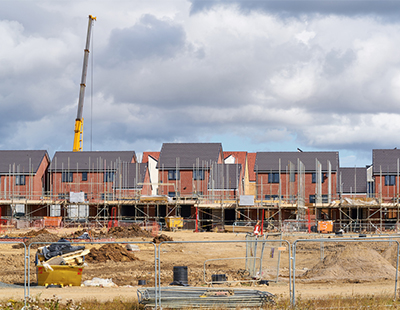MPs have called for carbon emissions to be considered when it comes to house building.
A report released this week by the Environmental Audit Committee (EAC) warns that to date there has been a lack of government impetus or policy levers to assess and reduce emissions from the building of residential and commercial buildings.
It claims that the UK’s built environment is responsible for 25% of the UK’s greenhouse gas emissions.
To reduce the levels of CO2 in construction, for instance when using cement and steel, the EAC recommends that the government introduce a mandatory requirement for whole-life carbon assessments for buildings.
This requirement should be fully incorporated in building regulations and the planning system, the EAC’s report said.
Such an assessment would calculate the emissions from the construction, maintenance and demolition of a building and from the energy used in its day-to-day operation.
Once these assessments are in place, the government should develop carbon targets for buildings to align with the UK’s net zero goals, according to the report.
It suggests that a clear timeframe for introducing whole-life carbon assessments and targets should be set by the government by the end of 2022 at the latest and introduced no later than December 2023.
The committee is also concerned that reforms to permitted development rights appear to have created an incentive for demolition and new-build over retrofit.
Where retrofit is not possible, the EAC recommends efficient and more effective use of low-carbon building materials.
Philip Dunne, chairman of the EAC, said: “From homes to offices, retail units to hospitality venues, our buildings have a significant amount of locked-in carbon, which is wasted each time they get knocked down to be rebuilt, a process which produces yet more emissions.
“Ministers must address this urgently. Promising steps are being taken: for instance, the Levelling-Up, Housing and Communities Secretary of State recently paused the demolition and retrofit of Marks and Spencer on Oxford Street on environmental grounds.
“But much more needs to be done, and baseline standards for action need to be established.
“Mandatory whole-life carbon assessments and targets to crack down on embodied carbon, provide part of the answer.
“Constructors and developers can then determine which low-carbon materials, such as timber and recycled steel, they can use.
“As in many other areas in the drive to net zero, the UK must have the green skills to make its low carbon future a reality.”
















.png)


.png)




Join the conversation
Be the first to comment (please use the comment box below)
Please login to comment